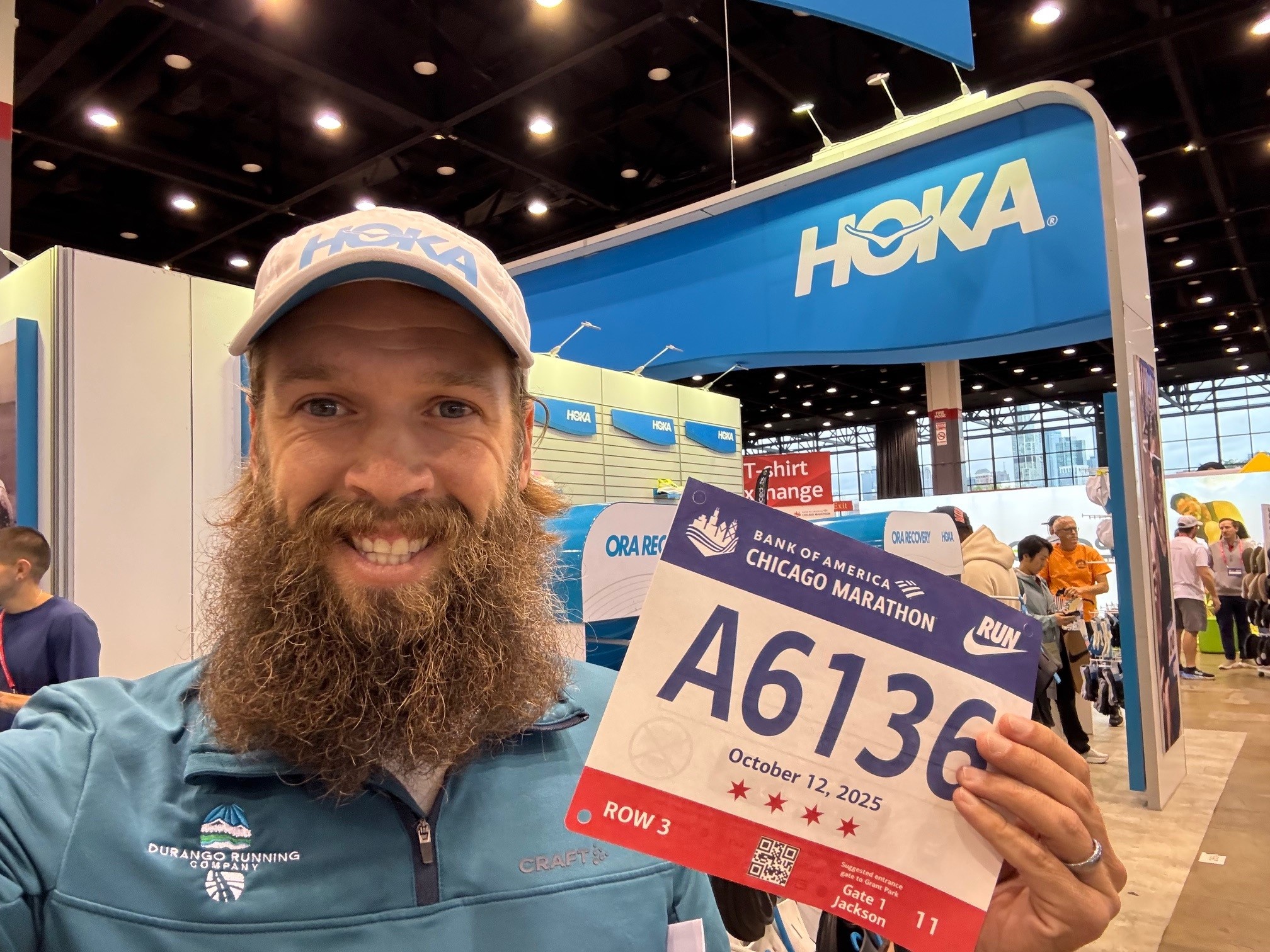
Patient Stories
Chicago recreational basketball player recovers after Achilles rupture
Date posted: 1/4/2017
Last updated: 1/5/2017
Table of Contents
“I heard a ‘bang’ and then felt as if someone stomped on the back of my left calf, slamming me down to the court. But, when I looked up, both the basketball and the other players were all several feet away staring at me. That’s when I knew I likely had a serious problem.”
This is how Ganesh Sundaram, 31, of Chicago, describes the incident that left him with a ruptured leftAchilles tendon earlier this year. “I was playing with a bunch of friends on the weekend and went up for a rebound. Then, I quickly reversed my direction to get back on defense,” he explains. “I later found out that this rapid deceleration followed by acceleration and change of direction is a common cause of injury to the Achilles tendon at the back of the heel.”
He felt numbness, then pain as he limped off the court. He went directly to the nearest emergency department where the physician on duty conducted the Thompson test to determine whether or not his Achilles tendon was intact. After his foot hung loosely when his calf was squeezed, the physician told him it was most likely a full rupture and should see a foot and ankle specialist right away. Sundaram, at the suggestion of his brother-in- law (a Chicago-area physician), made an appointment with Dr. Simon Lee of Midwest Orthopaedics at Rush. Dr. Lee, an expert in treating Achilles injuries, confirmed the diagnosis and presented options for both surgical and non-surgical repair of his tendon.
Given Sundaram’s very active lifestyle which included a regular fitness and full-court basketball regimen, Tough Mudder/Spartan races and keeping up with his toddler son, he chose surgery given the higher likelihood of returning to full pre-injury function, strength and mobility. They also discussed the warning signs that Sundaram experienced several months earlier. After running in high heat while dehydrated and on vacation, Sundaram felt stiffness and pain in his left Achilles tendon when getting up after a long flight home. Concerned, he took a rest from running, jumping and basketball for a few weeks but maintained the rest of his fitness regimen. He then resumed these activities once he felt minimal discomfort, but didn’t do any pre-activity stretching or warming up and he didn’t see a physician. Midwest Orthopaedics at Rush foot and ankle physicians explain that this scenario is becoming more and more common in their practices. “Over a recent ten-year period, we have seen our number of Achilles patients increase by almost 300 percent,” explains Dr. Lee.
So many more people are participating in extreme sports, like Tough Mudders, marathons and Spartan Races. They aren’t stretching or strengthening their Achilles tendons properly – or at all. We also see lots of weekend warriors who do the same thing.
For both types of athletes, Dr. Lee and his fellow foot and ankle physicians created a useful resource for athletes to keep their ankles and tendons healthy called ‘Ankles for Life’. It includes injury prevention tips in both a downloadable brochure and video format. It was developed in conjunction with the Illinois Athletic Trainers Association. Sundaram, who is now back to basketball and working out, knows that he should have listened to his body when he had heel pain several months before the rupture. “Dr. Lee told me that surgeons have a saying that ‘healthy tendons don’t rupture’. Mine was irritated or maybe even partially torn at the time and I should have attended to it earlier,” he says. Sundaram now incorporates lower body and heel stretching and strengthening into his routine before any sports activity – and encourages all athletes to do so.
For more information on preventing Achilles injuries and to request a gym bag tag with ankle injury prevention tips, visit the Ankles for Life website.


